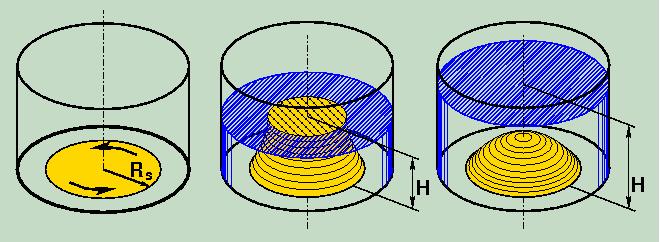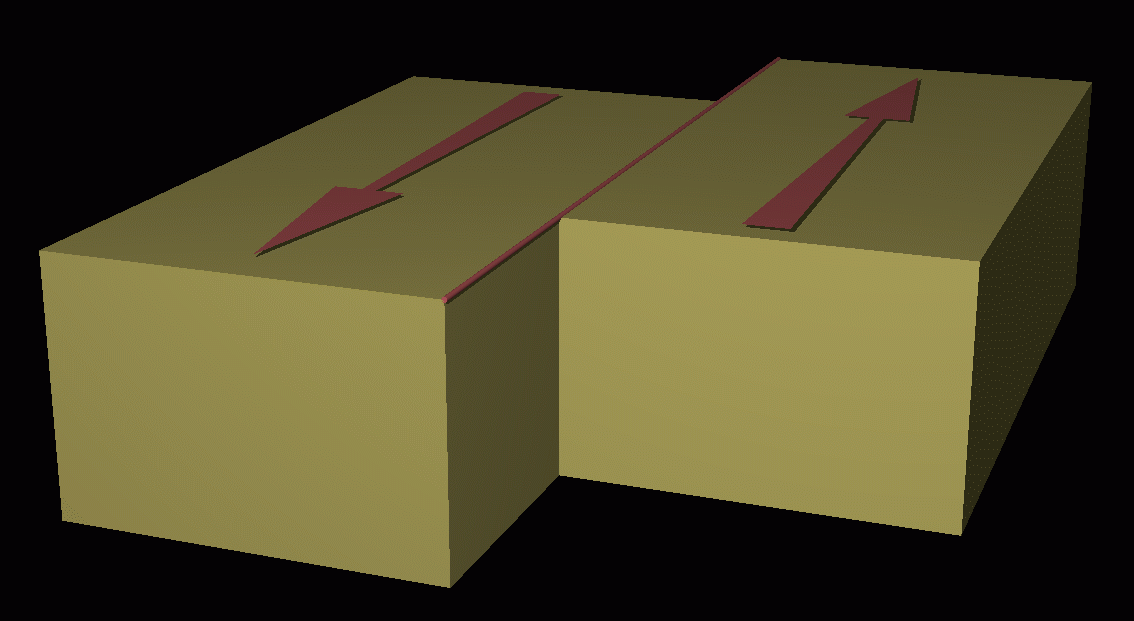
|
|
When granular materials (like sand) deform, strain is often localized to
sliding planes called shear zones.
|
|
We found a new effect for shear zones that are created in layered granular
materials. When two materials with different frictional properties are
layered on top of each other, shear zones are refracted at the
interface[1,2]. The phenomenon is in complete analogy with the
refraction
of light. The angle of refraction follows Snell's law from geometric
optics.
|
|
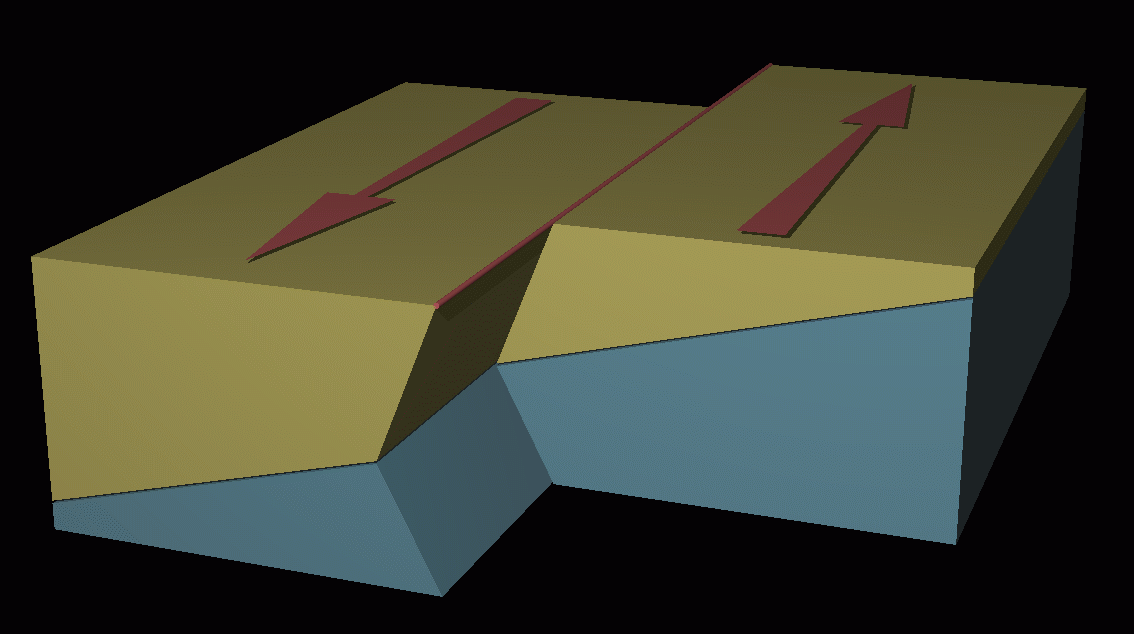
|
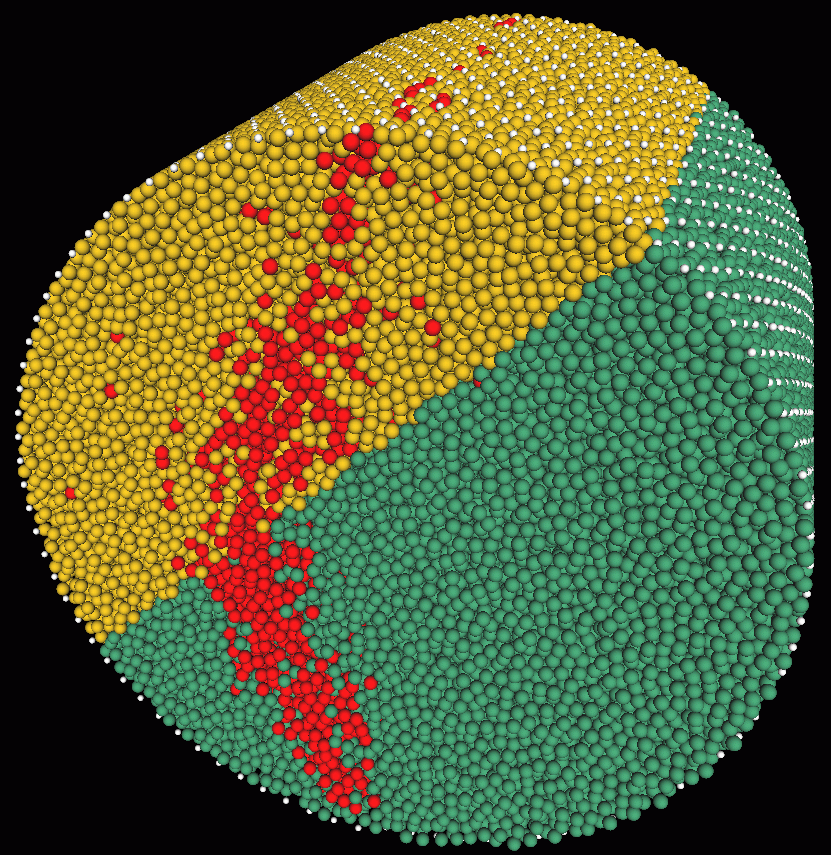
|
|
|
The effect of refraction is tested by discrete element
simulations based on the algorithm of Contact Dynamics. We analyzed
slow shear flow of 100000 spherical grains
confined in a cylindrical drum. The cylinder is cut in two along the
axis and each half slides along the axis in opposite
directions which leads to the formation of a shear zone. The
simulations confirmed the phenomenon and also the law of
refraction[2].
|
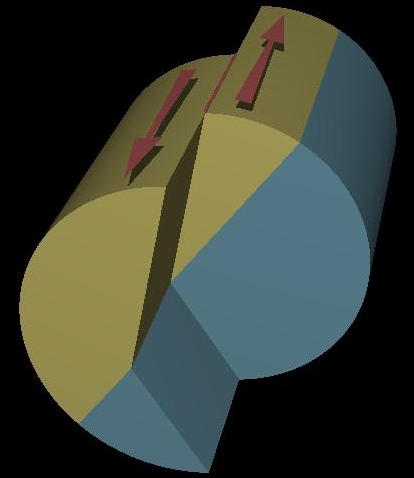
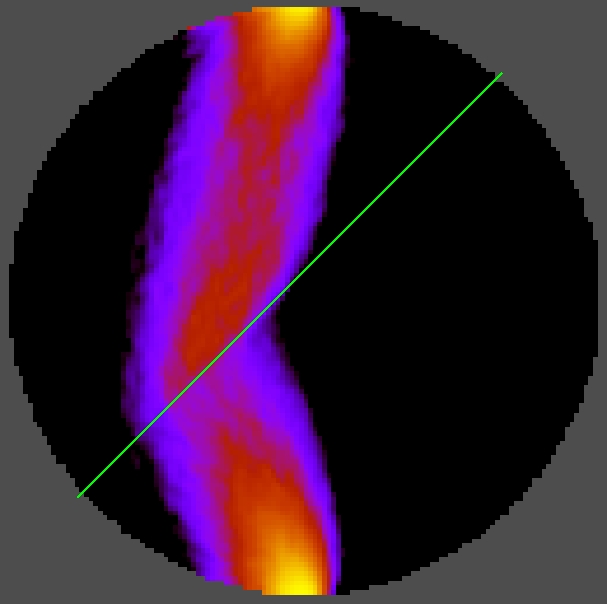
|
|
A recent model of shear zones can account for the effect
refraction. According to this model, shear zones are optimal in the
sense
that their shapes correspond to the least possible rate of energy
dissipation[3]. This approach was first applied
for a modified Couette
geometry to describe the open and closed shapes of shear zones.
Within
the framework of this model the effect of refraction can be understood as
follows: the selection principle of minimum dissipation, when applied
at material interfaces, has exactly the form of Fermat's principle
of
optics[2]. Only, in case of shear zones, the
effective friction coefficient
plays the role of the index of refraction. Based on the same selection
principles the same laws can be derived for the angle of refraction. Thus
Snell's law turns out to be valid also for shear zones in granular media.
|
|





